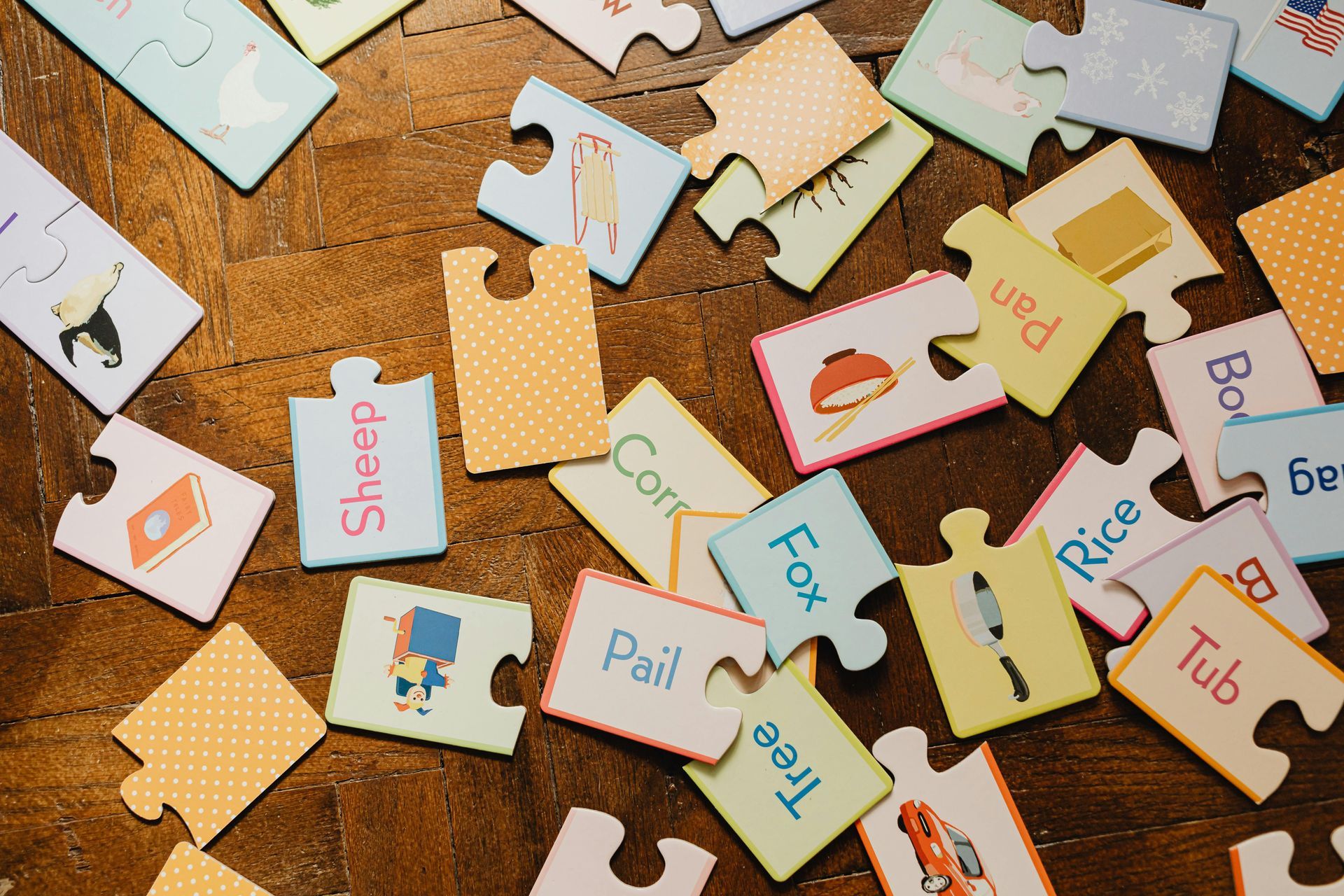The New School Year with the Dyslexic in Mind

Here we are again! Another school year.
Maybe you have been diligently planning for the new year and you are excited about what you will be teaching. Maybe you’ll be teaching subjects that aren’t your favorite parts of school curriculum. Every year is different, and it’s up to you as the teacher to try to make things as exciting as possible. Excitement is contagious. In my 46 years of education experience, I know that if I’m excited about a subject, my students will be also (or at least more excited than they would have been if they knew how I really felt about a specific topic). I have come to realize that when I feel inadequate teaching a specific topic, it’s hard to be enthusiastic about teaching it. The solution is to learn all you can about the subject (time permitting) so that your confidence level grows in that area.
If you are a home school parent and have been struggling to get your children excited about learning, or if your children attend public or private school, here are some tips to bring a little excitement to the new year. These tips are a result of experience within my own family with a dyslexic daughter.
#1 Take your child school supply shopping. There is a 2 to 3 week window when supplies are very inexpensive ( if anything is inexpensive this year), depending on grade level. I would usually try to purchase enough to last the entire year if I could afford it, because the rest of the year the same supplies could cost 4 times as much.
My dyslexic daughter found that if she color-coded her supplies to match her classes (grades 7-12) it helped her stay organized. Each subject had its own color spiral notebook and folder.
#2 Let your child make their own choices, as appropriate, for things such as backpacks, lunch boxes, and other needed things that are optional on the supply list.
#3 Pick out new clothing, as needed, that will last longer than a couple of months. Make sure whatever is chosen is comfortable. Uncomfortable clothing is a distraction for many children and will hinder learning. Remember how we feel as adults when we wear something that doesn’t fit quite right. It can be miserable and our attention is focused on the misery.
#4 If you are a homeschool parent, consider making a rough schedule for teaching each subject. Many of you have probably already done this, but after talking to several homeschool parents, I have found that there seems to be the very organized ones, and then those who teach a subject in a haphazard way. Unfortunately, lack of meaningful structure makes it easy to fall behind.
My favorite way to structure a day when doing classroom teaching was to always put math first. Students seemed to grasp concepts easier the earlier in the day. We completed our morning with reading and other language arts. Afternoons were reserved for science, history, computers, and art.
I also tried to make sure that the lessons were a variety of hands-on learning methods and book learning. The goal is to use as many senses as possible so what is being taught sticks. Whenever possible, the homeschooling parent has the option of doing a field trip. This is a good incentive for completing other work on schedule so there is time to go on an adventure.
Remember: More learning takes place when a student is happy and enjoying what they are studying, so it’s important to get rid of any hinderances to learning that you can, and enjoy the day yourself.

Beginning Sight Words
I to he
can me look
for some many
have and with
his this where
from says done
the go is
of what good
goes any should
we you little
they help who
Mr. could again
see do she
said put come
your would was
a my does
want has Mrs.
as been there
like are how
hear play walk
Note to Parents:
Remember when teaching sight words to your child, it’s best to put them on 3”x 5” cards and start with 5 at a time. When your child is comfortable with the first 5, add in 2 or 3 more at a time.
I would probably look at the list with a reading book in hand. Start with the sight words that they will need to be able to read fluently in their reader. Since different readers have different sight words, this is the best way to get started.
You can start by having them just read the word. When they are proficient with remembering the word, you can also have them learn to spell it. That is the goal: reading and spelling each sight word correctly.
Important Kindergarten Skills to Practice During the Summer and Beyond
A lot of kindergarten work is oral. There are only a few things on this list that requires writing. Here are some ideas to help you get started:
1. High Frequency and Sight Words: (Put them on flash cards if you can)
a. List 1: I, am, see, a, can, we, the, in, and, go, to, like, said, you, is, it, here, come, up, look, at, me, on, this, my
b. List 2: she, was, he, went, by, out, big, little, yes, with, no, not, going, down, where, are, they, from, have, for, run, his, will, one, of
2. Practice identifying upper and lowercase letters and their sound, including the digraphs ch, ck, sh, th, wh.
3. Practice writing their name legibly.
4. If your child knows his/her sounds, they may practice sounding out CVC (consonant, vowel, consonant) words. To do this say each sound and then put them together to say the word. Here is a list of sample words to start with: mat, bam, map, Sam, fat, tap, cab, pig, rim, ban, tag, gap, nag, bin, am, pin, rat, lip, at, hit, cat, rat, sat, fig, dog, jam, lid, dim, bog, dip, dig, kid, cob, cub, gum, us, wax, quit, wag, ox, cut, yum, path, neck, chin, rock, back, rush, chop
5. Work on Rhyming Words. Examples Set One: mat, bat, sat, cat, etc. Set Two: jump, bump, lump, etc. Set Three: sing, ring, bring, etc. Set Four: run, bun, fun, etc. (Rhyming words are strictly by ending sound and not the spelling such as fun and done.
6. Math Skills:
a. Practice counting from 1 to 100 by 1’s and practice counting by 10’s to 100.
b. Practice writing numbers from 1 to 20.
c. Practice adding numbers reaching 5, such as 1+2=3, 2+3=5, etc.
d. Practice recognizing flat shapes: triangle, square, rectangle, circle, hexagon.
e. Practice 3-D shapes: sphere, cone, cylinder, prism, cube.
7. Besides these academics, working on small motor skills is also critical for kindergarten children. Suggestions include:
a. Practice cutting with scissors – straight lines and curves
b. Coloring – Staying in the lines
c. Playdough – pinching and shaping
d. Any other activity that requires using fingers with small things
Spending 10 to 15 minutes each day practicing some of these things will really help your child excel.

